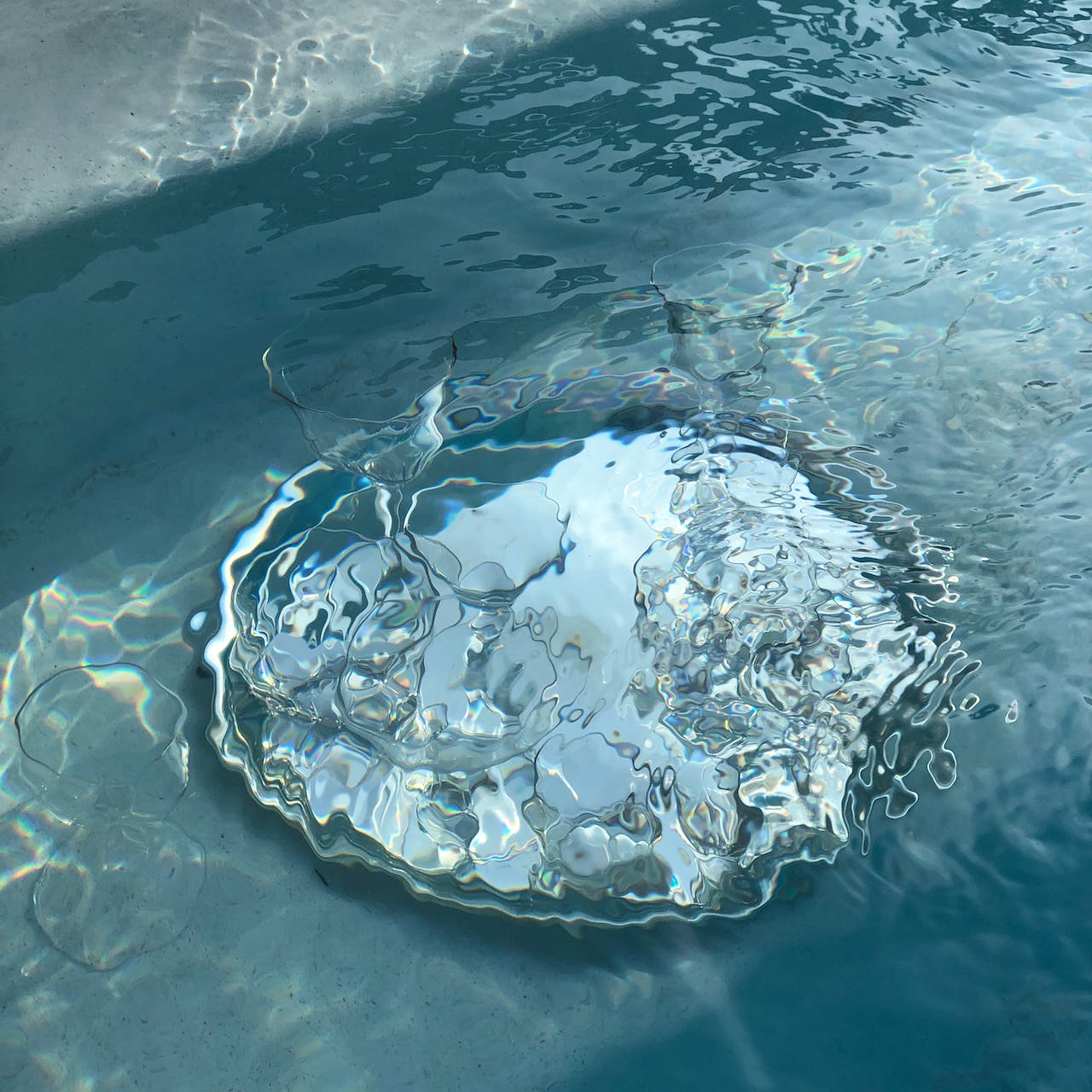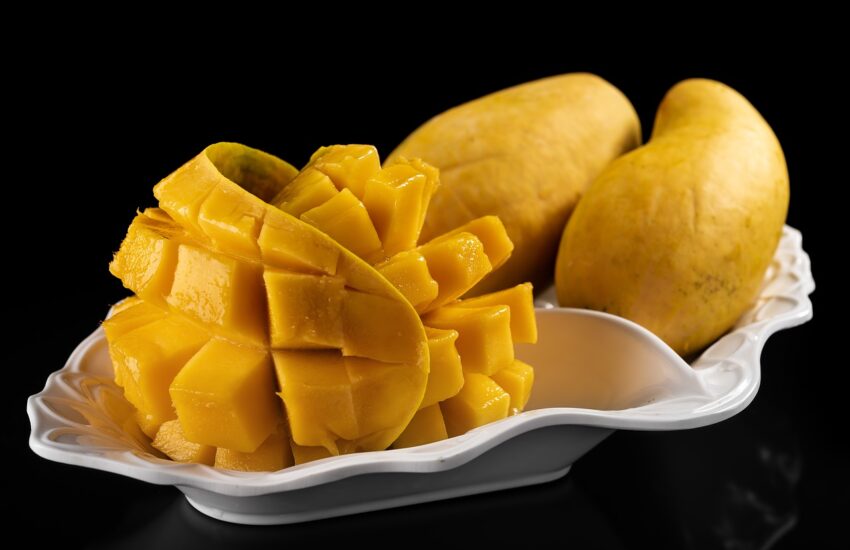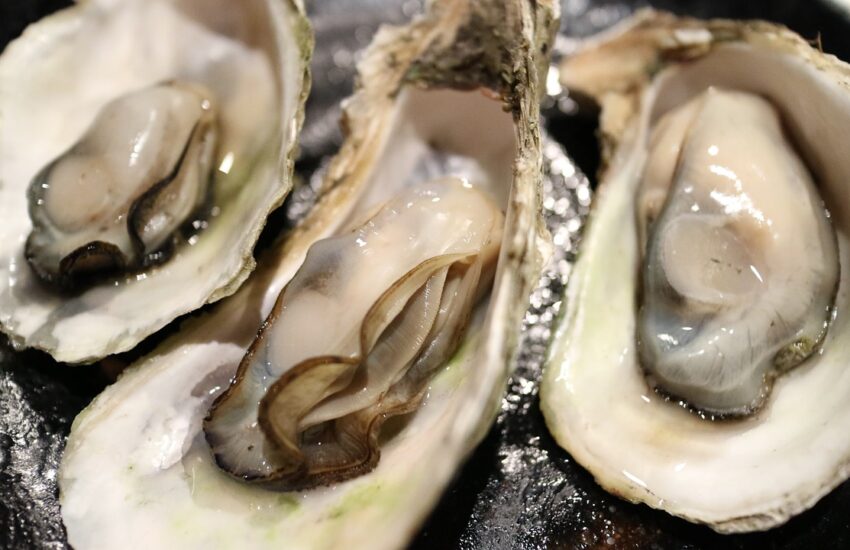The Health Benefits Of Fulvic Acid
Sometimes, what I find amazing is how I’ve been working in the field of human health improvement for going on two decades now, and I feel as if I’m barely scratching the surface as it relates to understanding just how intricate the body is and how so many naturally occurring elements can help impact our health.
Every day I think to myself, “Wow, that would be fun to write about,” and I just don’t have time to cover everything.
As it turns out, one of the compounds that came to my attention recently is one that I believe should be talked about a bit more.
It’s fulvic acid.
While fulvic acid isn’t something you hear spoken about frequently, it’s a naturally occurring compound I believe could certainly be used with great benefit by the vast majority of Americans.
Fulvic Acid, What It Is and What It Can Do For You
Fulvic acid is a naturally occurring compound that you can find all over the world.
Typically, you’d find it in soil samples as well as compost, and certain foods offer moderate amounts of fulvic acid (I’ll tell you what those are in a moment).
And while it has been recognized for its potential health benefits, there is still quite a bit of testing we can do on this acid.
Here’s an overview of how fulvic acid can support good health:
1 – Promotes General Health:
Fulvic acid contains various nutrients and aids in the absorption and transport of minerals and nutrients to cells.
One of the more exciting things that fulvic acid will do is help to make cells permeable, facilitating better nutrient uptake. When cells are resistant to nutrient uptake (which can happen with endocrine disruption or DNA damage), then it means they don’t have the chance to operate at their full capacity.
By improving the transport of nutrients through the cell’s lipid layers, you could actually start to feel better.
2 – It May Help Lower Heavy Metal Toxicity:
Fulvic acid has shown potential in aiding the removal of heavy metals and toxins from the body.
A study from Australia in 2012 demonstrated this effect; in the study, researchers observed fish immersed in water with fulvic acid had significantly lower aluminum levels — approximately six times less — compared to those in water devoid of fulvic acid.
This property of fulvic acid, along with other humic acids, is attributed to its ability to bind with toxins and heavy metals.
They can effectively break down these harmful substances, regardless of their entry into the body, be it through water, food, air, or everyday household products.
3 – Enhancing Immune Function:
Studies suggest that fulvic acid can boost immunity, potentially providing a defense against various health issues.
Part of the way that it does this is through supporting digestive health.
If you have a gut microbiome that is off in any way, it can cause all kinds of health issues, including not being able to make enough white blood cells to fight off a potential infection.
In particular, fulvic acid contains trace minerals, fatty acids, electrolytes, probiotics, and prebiotics that are known to promote the proliferation of healthy bacteria or microflora in the gut. With colonies of healthy bacteria established, it’s much easier for your immune system to respond to inflammation in the digestive tract, which doesn’t just aid in the overall function of the gastrointestinal system (i.e., the reduced chances of developing IBS or leaky gut), but also helps to give you a superior immune response.
4- It Helps You Get the Most Out of Your Food:
Another fascinating aspect of fulvic acid is how it may make nutrients in your food more bioavailable.
This is similar to what I referenced in point 1.
What it does is break down nutrients into simple parts that our bodies can easily take in. This not only helps us absorb these nutrients but also keeps them in our bodies longer.
Fulvic acid can also combine with minerals and metals, making them easier for plants and then for us, to use. It’s especially good at moving minerals like iron, which are usually hard to move around. Plus, it helps carry important things like vitamins and natural antibiotics from the soil to plants for our absorption.
And regarding cell permeability that I mentioned, what’s really happening here is that fulvic acid can help produce tiny complexes that can go into cells easily. These complexes help the cells work better and use nutrients more effectively.
You can think of fulvic acid as the ultimate “helper” acid.
5 – Has Remarkable NeuroProtective Properties:
Fulvic acid shows promise in protecting brain health, especially against conditions like Alzheimer’s disease.
A study published in the Journal of Alzheimer’s Disease in 2011 found that fulvic acid has properties that might protect against cognitive impairments, including Alzheimer’s disease. This is important because damage from free radicals and a type of protein called tau can lead to cognitive disorders.
Fulvic acid helps by reducing the size and changing the shape of tau protein clusters, slowing down the disease’s progress.
Additionally, it may inhibit tau protein aggregation.
Alzheimer’s disease involves the buildup of amyloid-β plaques and tau protein tangles in the brain. These tau protein tangles are crucial in the disease’s progression. Fulvic acid has been shown to stop these tau proteins from forming harmful clusters in the brain. It also has the potential to break apart these clusters if they’ve already formed.
This means fulvic acid might play a key role in future treatments for Alzheimer’s disease by targeting these tau protein tangles.
Where to Get Fulvic Acid From Diet
The best part about fulvic acid is since it’s naturally occurring in soil that means plenty of foods that grow in the ground are capable of delivering therapeutic doses to people who eat said plants.
As it’s not an essential amino acid, you won’t die without it, but getting more of it in your diet certainly could be a boon to your health.
Here’s a list of dietary sources for this amazing compound:
Organic Produce from Small Farms: Fruits and vegetables grown in nutrient-rich soil, especially from small, organic farms, are good sources of fulvic acid. The fulvic acid in the soil is absorbed by plants as they grow.
Plants with Deep Roots: Plants with deep roots tend to have higher fulvic acid content because they reach into the subsoil, where fulvic acid is more abundant. Examples include turnips, sweet potatoes, pumpkins, winter squash, peppers, tomatoes, melons, okra, asparagus, horseradish, lima beans, artichokes, and burdock root.
Blackstrap Molasses: This is a byproduct of refining sugarcane into sugar. Sugarcane has deep roots, which makes blackstrap molasses a rich source of fulvic acid minerals.
Shilajit: A sticky substance found in high mountain ranges, shilajit contains a significant amount of fulvic acid (up to 20% of its humic substance content). It is considered one of the best natural sources of fulvic acid.
Water from Springs, Streams, and Lakes: Fulvic acid is soluble in water and is found in higher amounts in wilderness water sources like streams and lakes. While commercial health drinks may claim to contain fulvic acid, they often just add a small amount of shilajit and sell at a high price.
Seaweed and Algae: Seawater contains fulvic acid, making seaweed and algae excellent natural sources. These sea plants are also rich in various other nutrients and offer multiple health benefits.
Now you’re armed with another.


